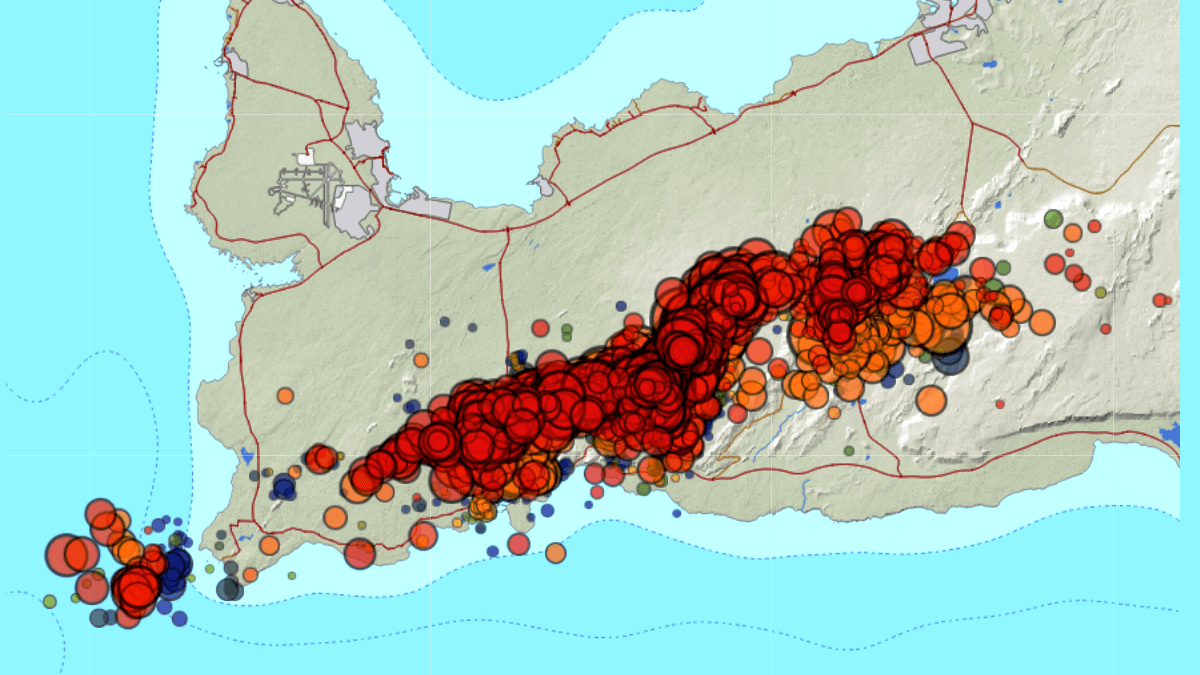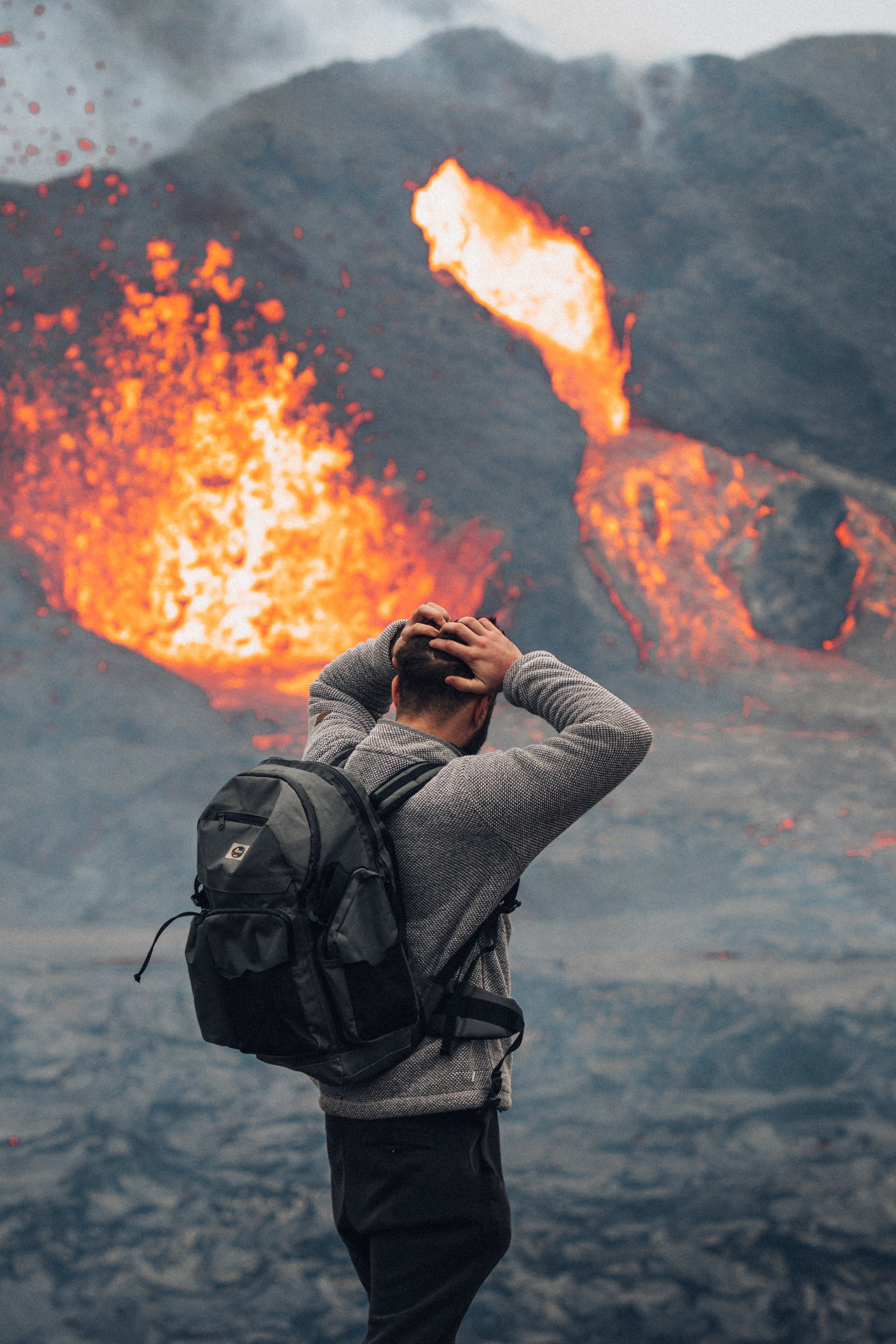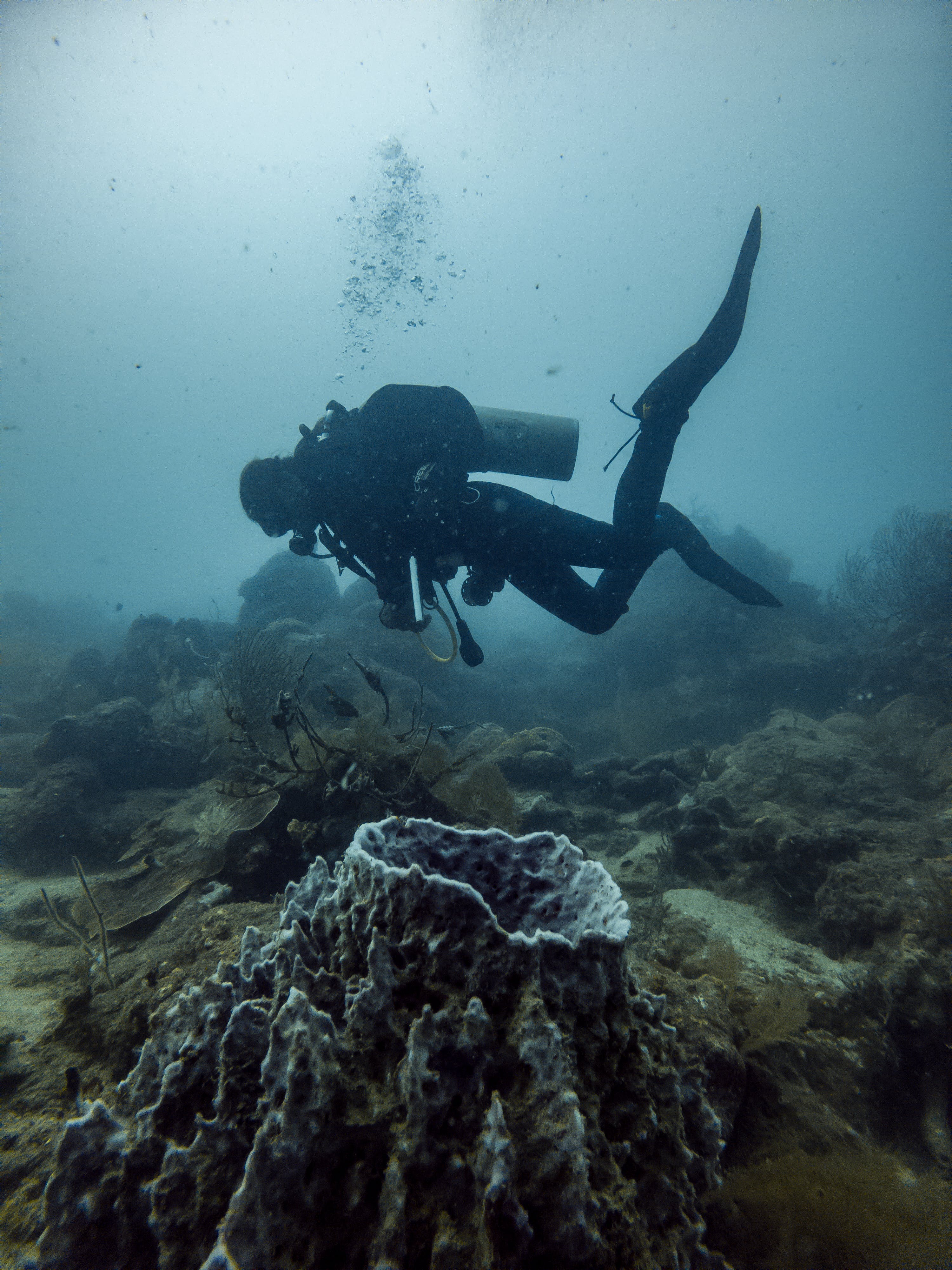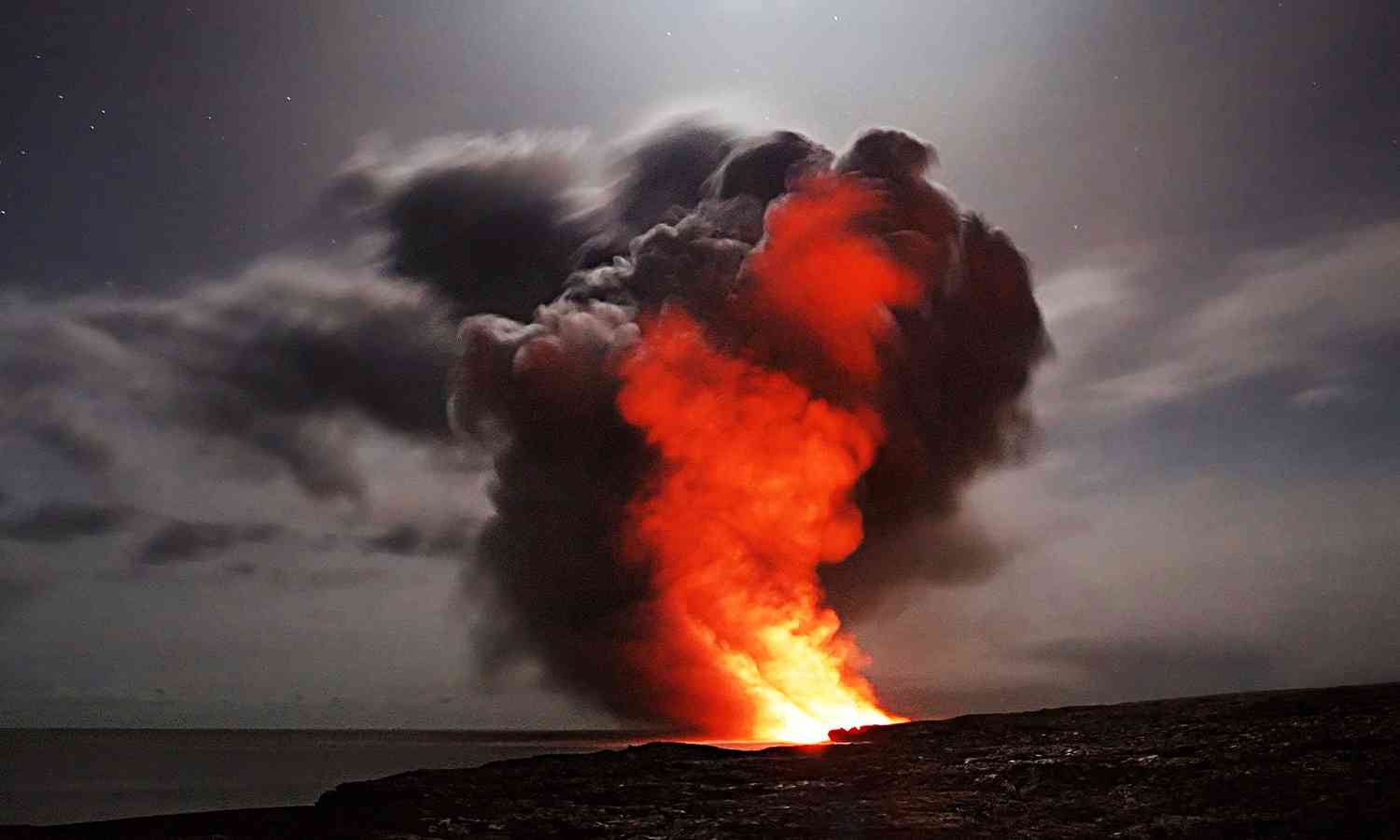The Reykjanes peninsula in southwest Iceland has experienced an unusual surge of seismic activity, registering over 5,500 small earthquakes in the past three days, prompting concerns of an imminent volcanic eruption, as announced by the Icelandic Meteorological Office (IMO) on Friday.
Positioned at the confluence of the Eurasian and North American tectonic plates, two of the largest plates on Earth, Iceland stands as a focal point for seismic and volcanic events due to the opposing movements of these plates.

While earthquakes are commonplace in Iceland, this recent swarm surpasses the typical frequency. According to Matthew Roberts, the Head of Service and Research at IMO, "These earthquakes are a warning sign, indicating a prolonged buildup towards the next volcanic event."
The quakes originated from depths of up to 5 km (approximately 3 miles) and were triggered by the gradual accumulation of magma, exerting increasing pressure and inching closer to the Earth's surface.
Earlier this year, a volcano erupted in an uninhabited section of the Reykjanes peninsula following intense seismic activity. This marked the third such occurrence in the southwest region of the capital, Reykjavik, since 2021.

The IMO now suggests that a fourth eruption may be in the making, though accurately predicting the timing of volcanic events remains challenging. "From my perspective as a scientist closely monitoring this activity, I would estimate that an eruption within the next 12 months is probable," remarked Roberts.
The most powerful of these earthquakes reached a magnitude of 4.5, with approximately 15 tremors measuring at 3.0 or higher, according to the IMO.
Events with a magnitude exceeding 2.5 are often perceptible to humans, according to the Michigan Technological University.

The fishing town of Grindavík, with around 2,000 residents, is the closest settlement to this surge in seismic activity.
What is a Seismic Swarm?
A seismic swarm refers to a series of earthquakes that occur in a concentrated area over a relatively short period. Unlike a single, isolated earthquake event, a swarm involves a sequence of tremors, often with varying magnitudes. These events are typically linked to the movement of magma beneath the Earth's surface or shifts in tectonic plates. While not uncommon in regions with high seismic activity, the intensity and frequency of a seismic swarm can serve as a precursor to potential volcanic activity, indicating heightened geological stress and the potential for a volcanic eruption. Scientists closely monitor seismic swarms to assess the likelihood of significant geological events.
























